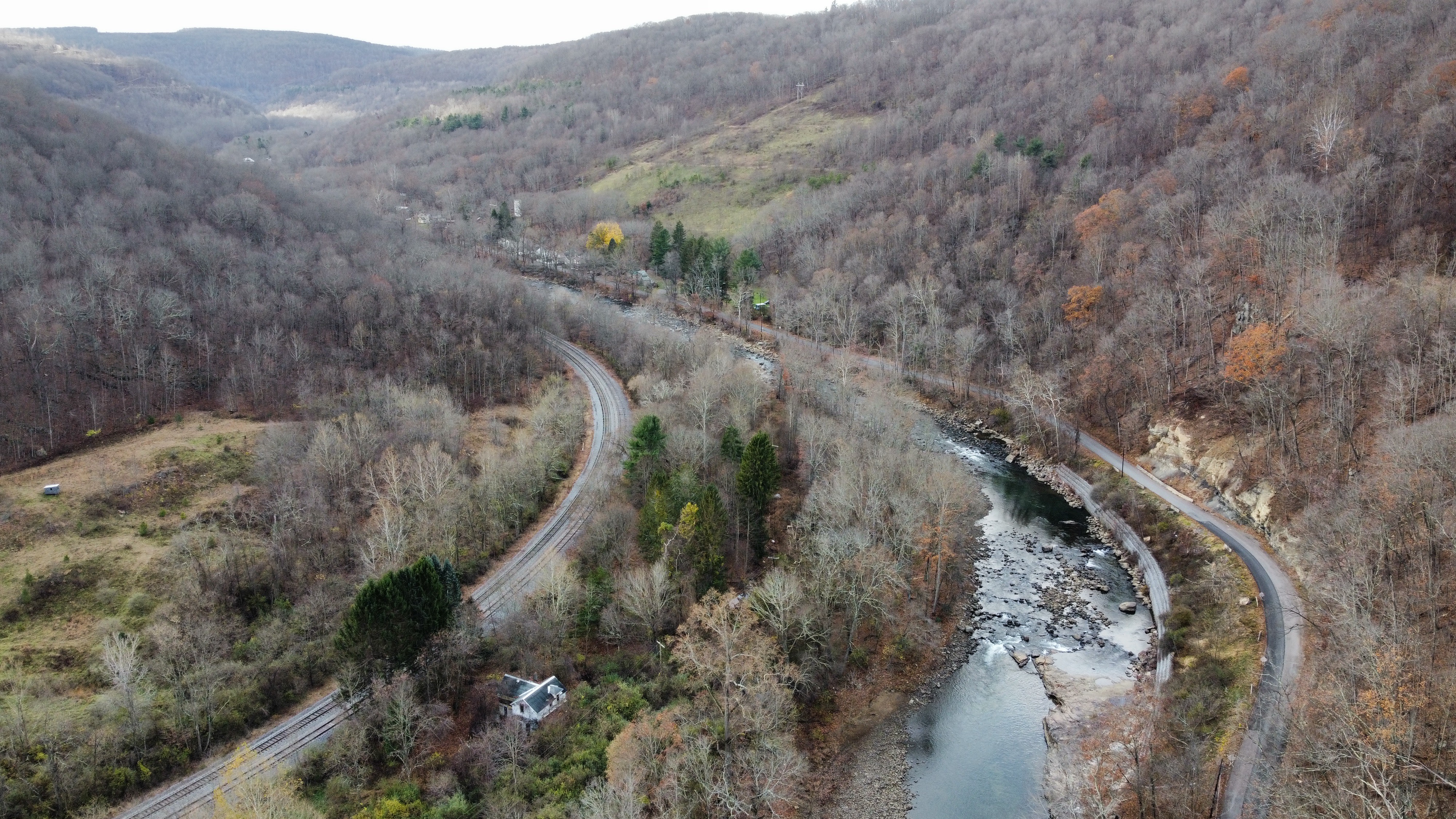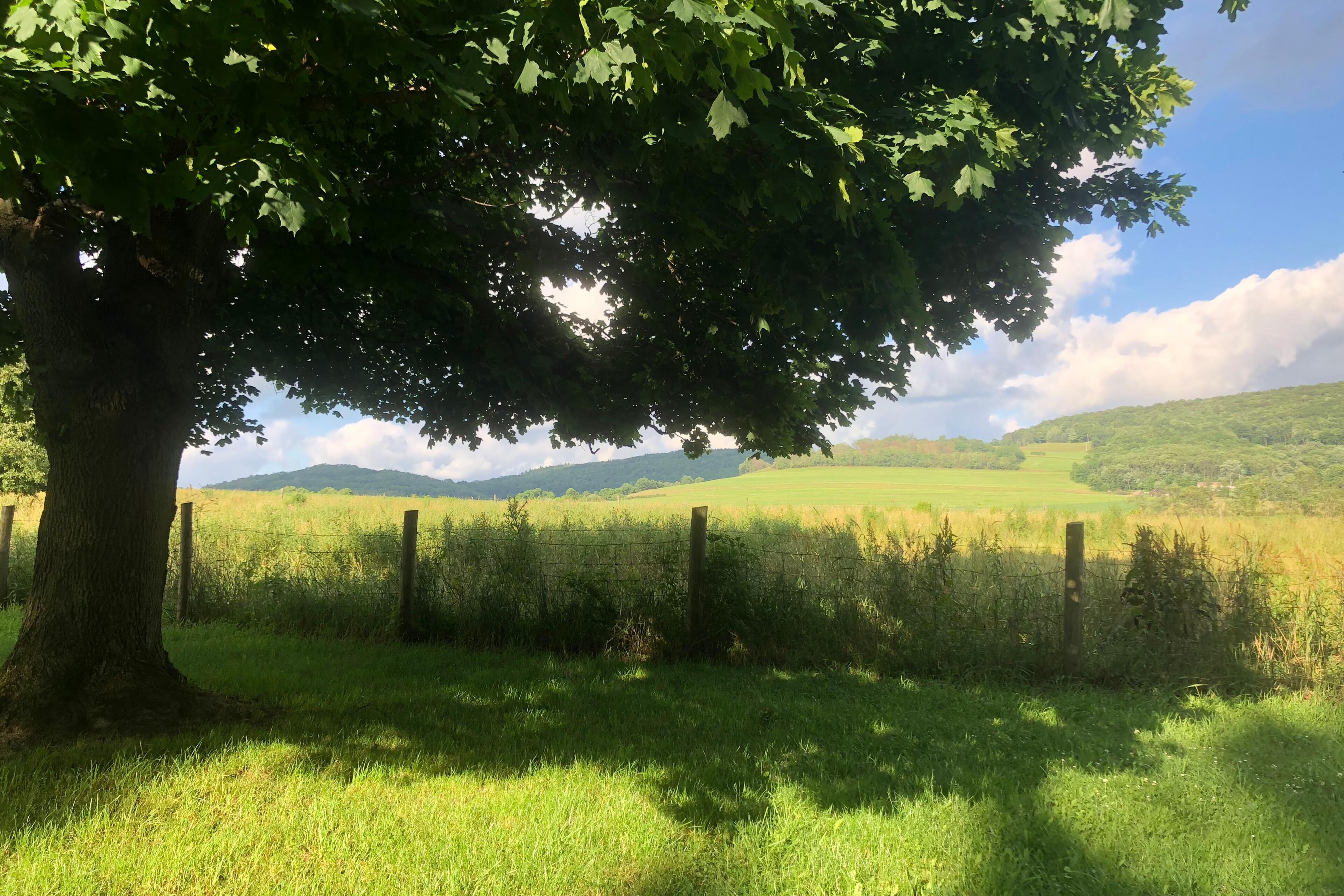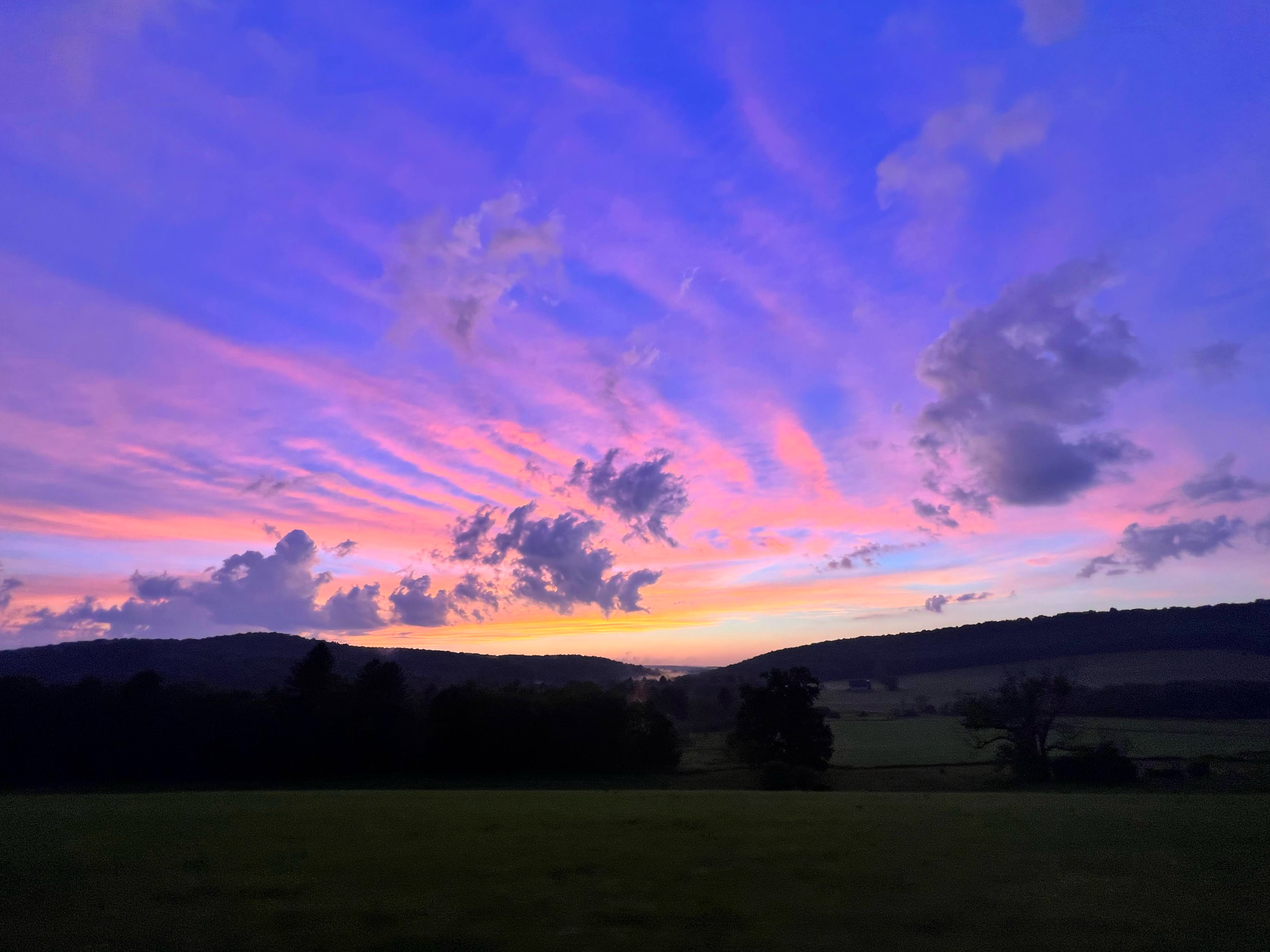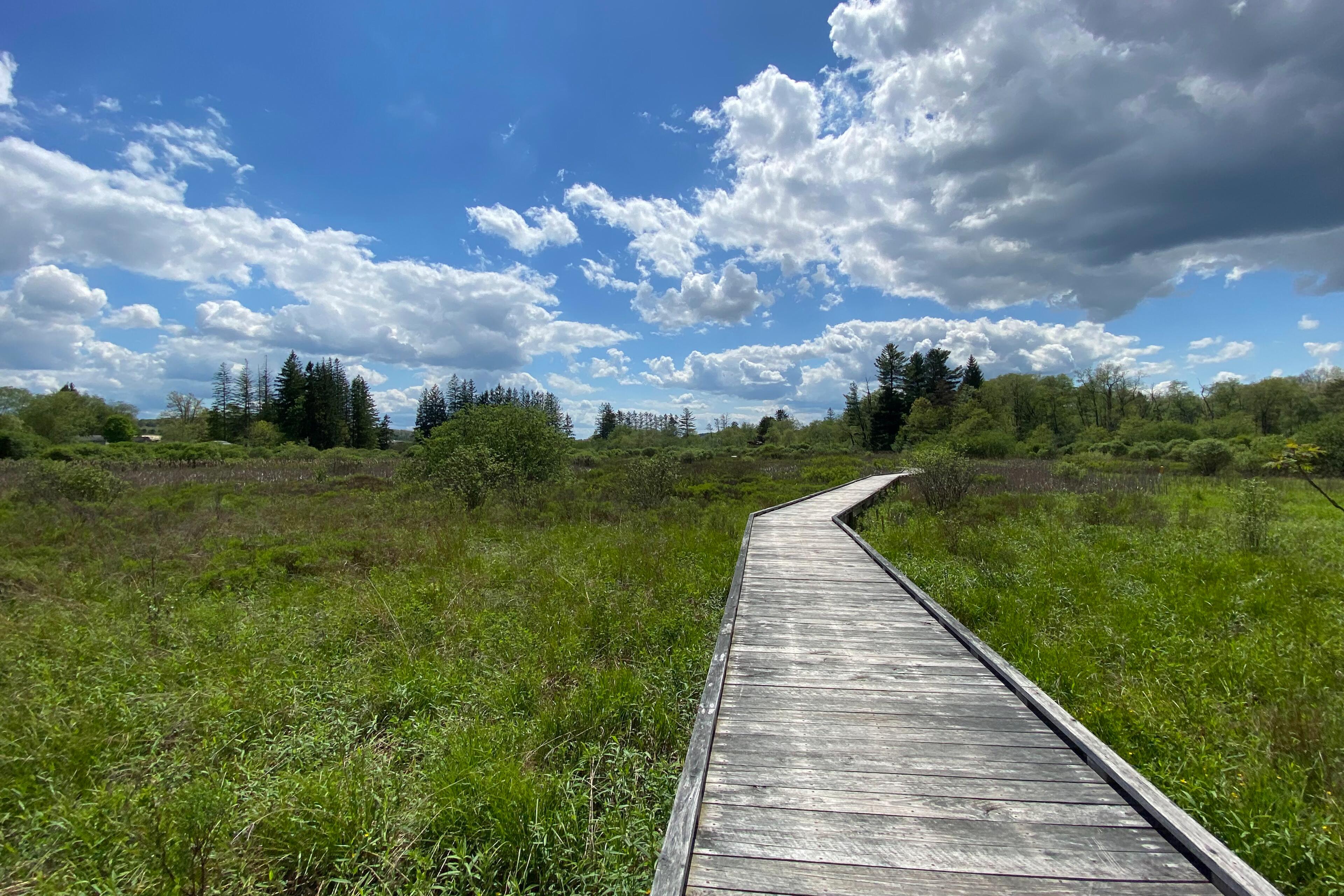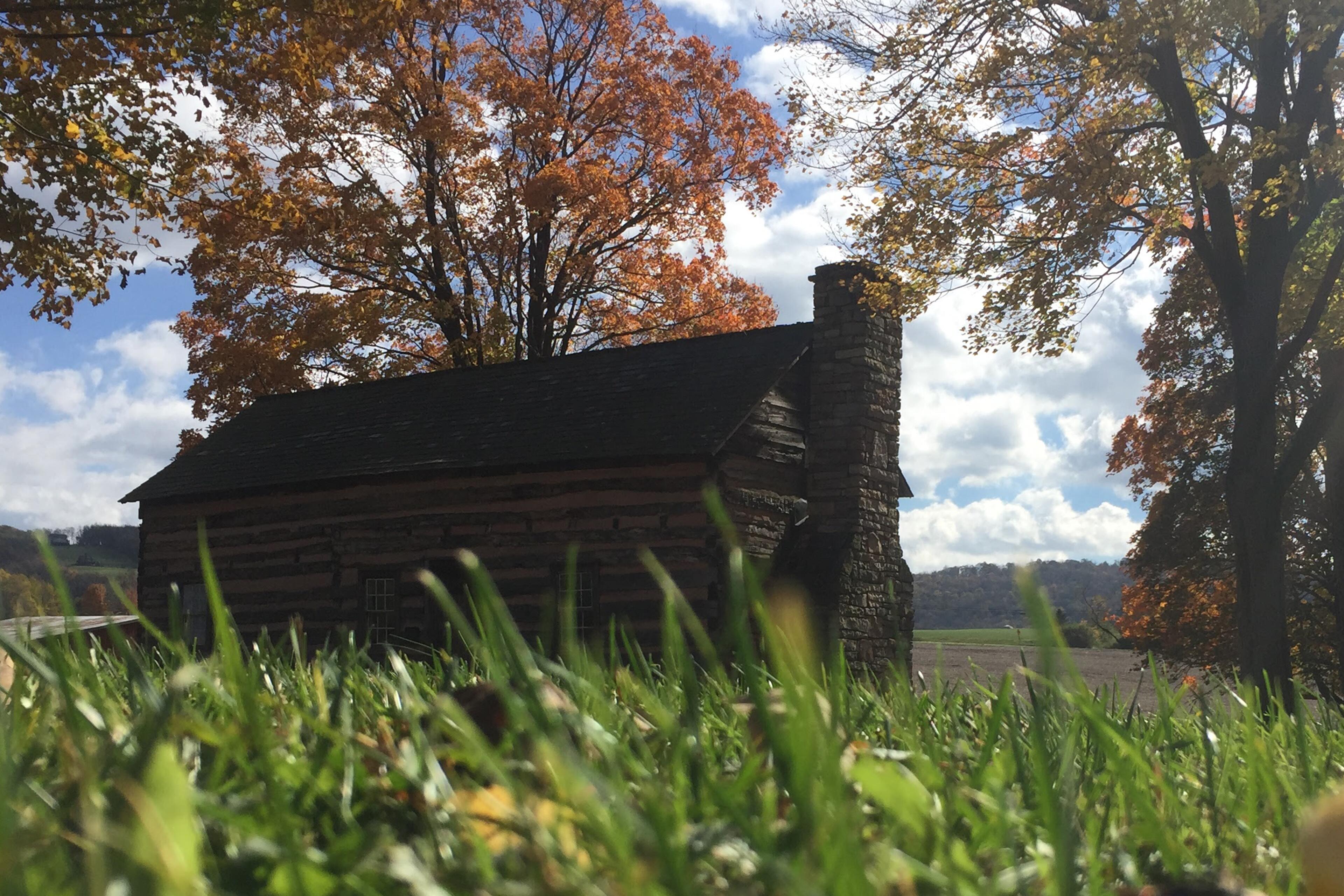Before a Flood
- Consider purchasing flood insurance through the National Flood Insurance Program. Regular homeowners' insurance does not cover flood losses.
- Know how to get to higher ground from your home.
- Learn your community's flood evacuation routes.
- Ask local officials how you can protect your home
During a Flood
- Stay tuned to radio or TV for updates.
- Watch for flash flooding. This can occur without rain clouds or rain in the immediate area.
- Avoid low-lying areas such as canyons and drainage channels.
- Never walk through moving water more than 6 inches deep.
- Do not drive through flooded areas.
- If your vehicle stalls in water, exit it and move to higher ground.
- Evacuate if instructed to by authorities, and return home only when they say it's safe.
After a Flood
- Be careful in areas where floodwaters have receded.
- Watch for downed electrical lines and weakened roads and bridges.
- Stay out of flooded buildings.
- Use caution when entering damaged structures. Their foundations may have weakened.
- Avoid coming into contact with floodwater-it may be contaminated. Wash your hands if they get wet.
- Discard any food that has been in contact with floodwater.
Beware of Landslides
- Look for changes in the landscape, such as small slides; leaning trees, poles or fences; widening cracks in the driveway or street; or the ground bulging out at the base of a slope or hill.
- Be prepared to evacuate if you feel threatened.
- While driving, watch for signs like fallen rocks and mud in the roadway. Embankments along roadsides can slide with little or no notice.
- Move quickly away from the path of the slide.
- If you cannot escape, curl into a ball and protect your head.
Driving Flood Facts:
- The following are important points to remember when driving in flood conditions:
- Six inches of water will reach the bottom of most passenger cars causing loss of control and possible stalling.
- A foot of water will float many vehicles.
- Two feet of rushing water can carry away most vehicles including sport utility vehicles (SUV's) and pick-ups.
- BUILD A DISASTER RESISTANT NEIGHBORHOOD- Working with your neighbors implement disaster safety and preparedness into your neighborhood by becoming a Disaster Resistant Neighborhood.
This information is courtesy of FEMA (Federal Emergency Management Agency)
